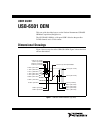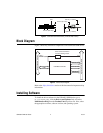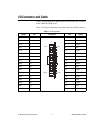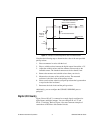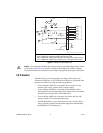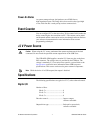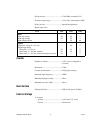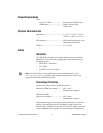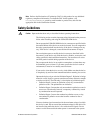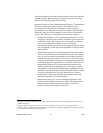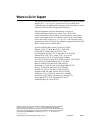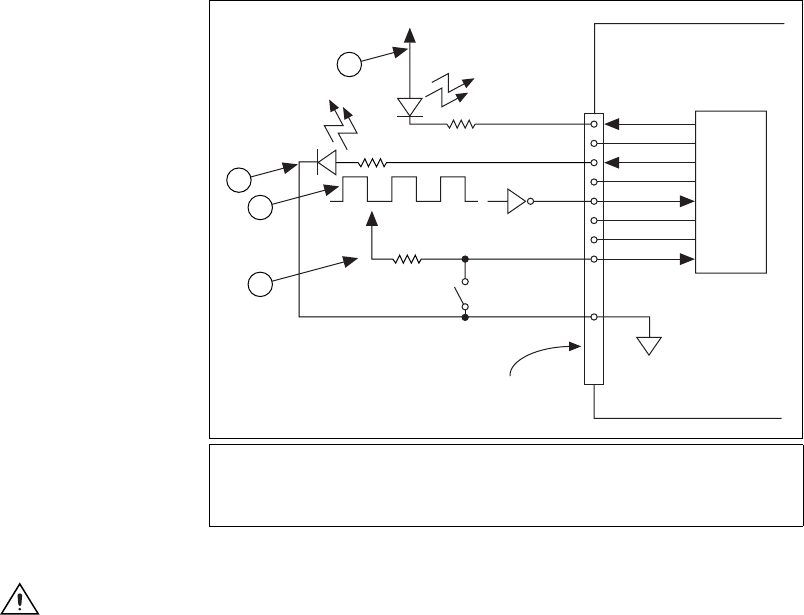
USB-6501 OEM User Guide 6 ni.com
Figure 5. Example of Connecting a Load
Caution
Exceeding the maximum input voltage ratings or maximum output ratings, which
are listed in the Specifications section, can damage the DAQ device and the computer.
National Instruments is not liable for any damage resulting from such signal connections.
I/O Protection
Each DIO signal is protected against overvoltage, undervoltage, and
overcurrent conditions, as well as ESD events. However, you should avoid
these fault conditions by using the following guidelines:
• If you configure a DIO line as an output, do not connect it to any
external signal source, ground signal, or power supply.
• If you configure a DIO line as an output, understand the current
requirements of the load connected to these signals. Do not exceed the
specified current output limits of the DAQ device.
• If you configure a DIO line as an input, do not drive the line with
voltages outside of its normal operating range.
• Treat the DAQ device as you would treat any static sensitive device.
Always properly ground yourself and the equipment when handling
the DAQ device or connecting to it.
1 P0.0 configured as an open-drain digital output driving a LED
2 P0.2 configured as a push-pull digital output driving a LED
3 P0.4 configured as a digital input receiving a TTL signal from a gated inverter
4 P0.7 configured as a digital input receiving a 0 V or 5 V signal from a switch
+5 V
LED
Switch
I/O Connector
GND
P0.0
P0.1
P0.2
P0.3
P0.4
P0.5
P0.6
P0.7
+5 V
LED
1
2
3
4
TTL Signal



